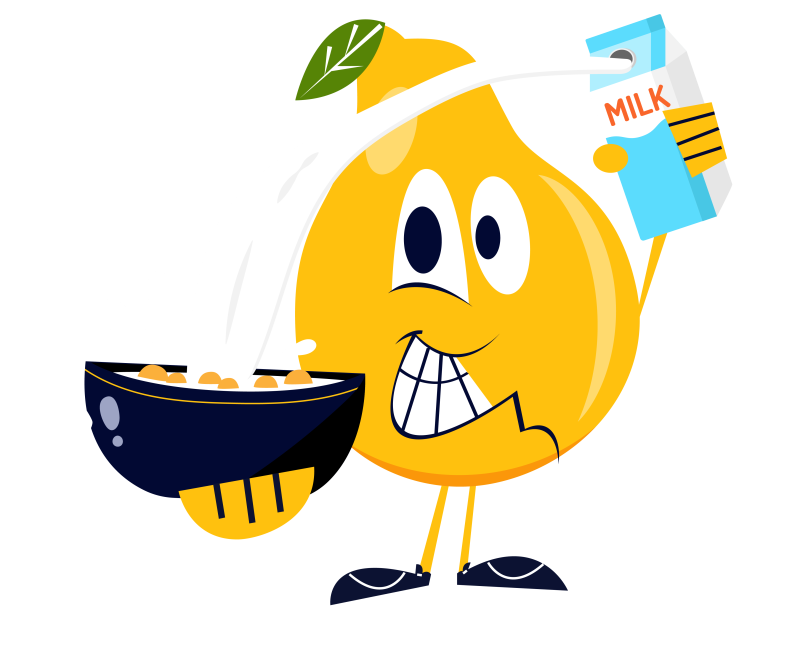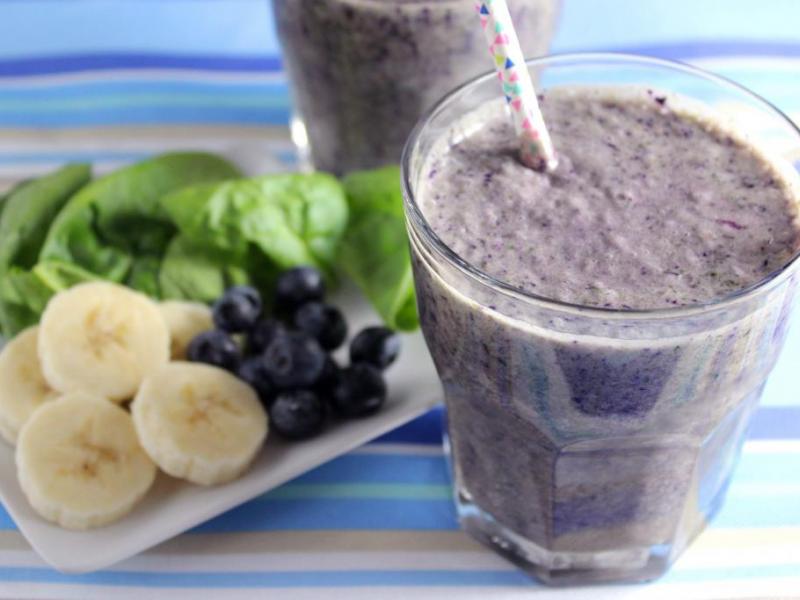
Milk and other dairy products make up a big part of this group. You can get your calcium from non-dairy sources as well, but you may need to eat larger amounts to get a full serving of calcium. Read on to learn how to make the most of your calcium choices!

List of Dairy
All fluid milk or milk-alternatives* with added calcium such as soy milk, powdered milk, cheese, lassi, yogurt, kefir, frozen yogurt.
*Note: some milk alternatives such as nut milks, rice milk, and flax milk may contain adequate calcium when fortified but may lack other nutrients such as protein or magnesium.

Portion Size
1 cup of milk, yogurt, or soy milk, or 1 ½ ounces of natural cheese can be counted as 1 cup from the Dairy Group.

How many servings do you need?
Most adults need around 3 cups of dairy per day.
Everyone needs a different amount of dairy. This is based on age, sex, height, weight, and amount of physical activity. Dairy needs can also depend on whether a person is pregnant or breastfeeding. Find the right amount for you by getting your MyPlate Plan.
- Calcium is the main nutrient people think of for the dairy group, but dairy foods provide so much more. The dairy group also provides important nutrients like Vitamins A & D, protein, magnesium and vitamin B12.
- Dairy foods such as yogurt, milk and fortified milk alternatives provide a good source of potassium, which has heart health benefits.




